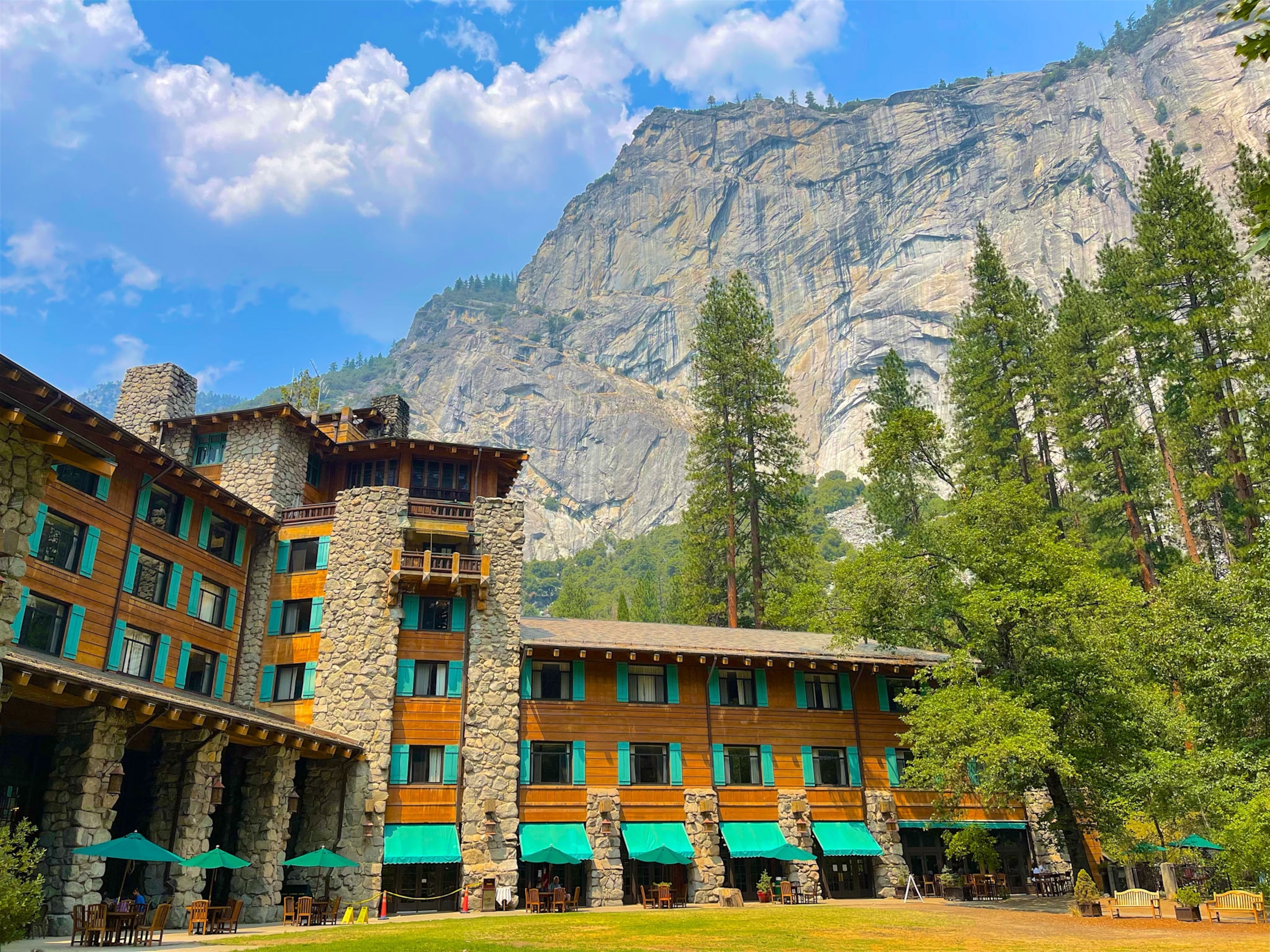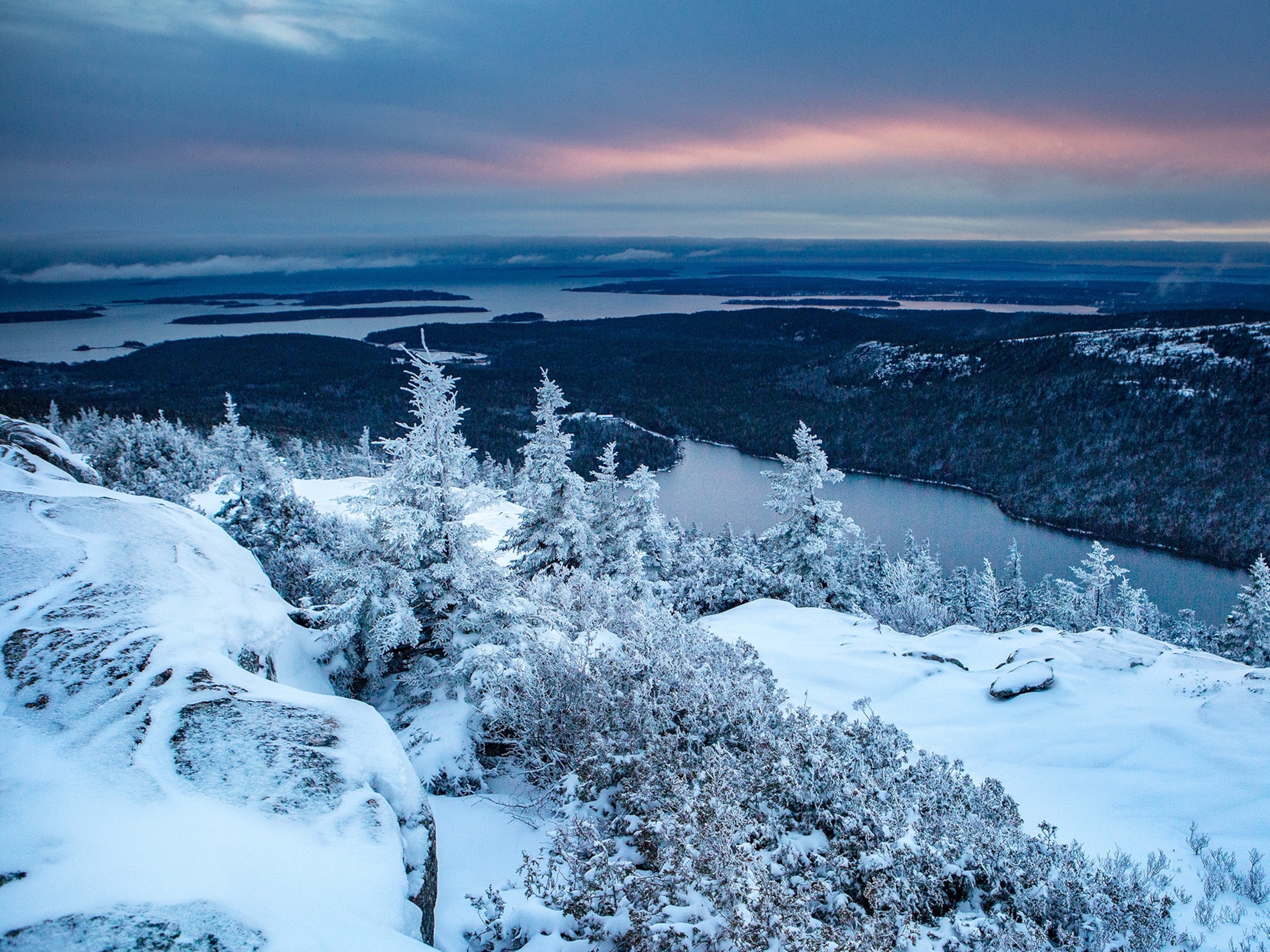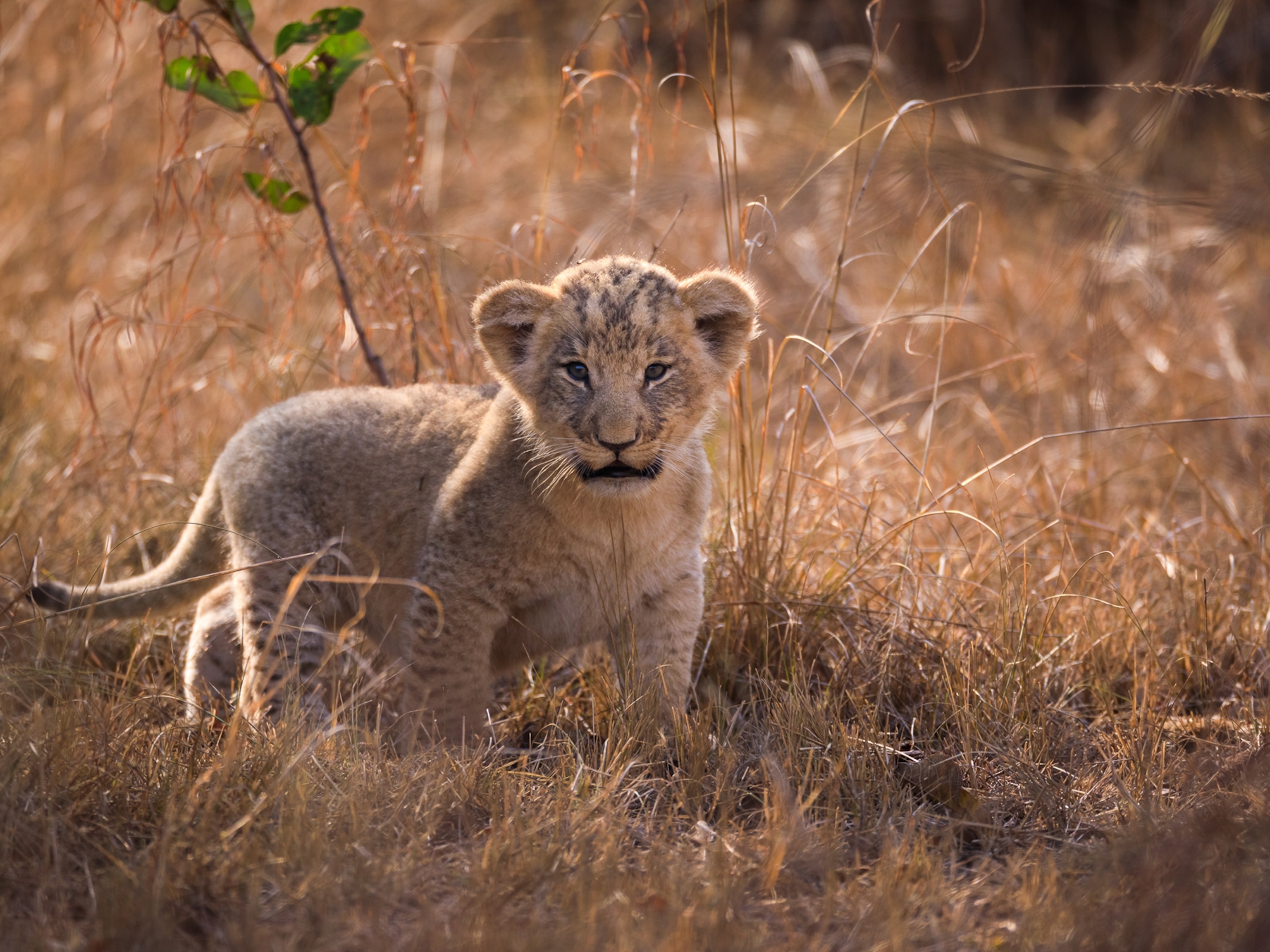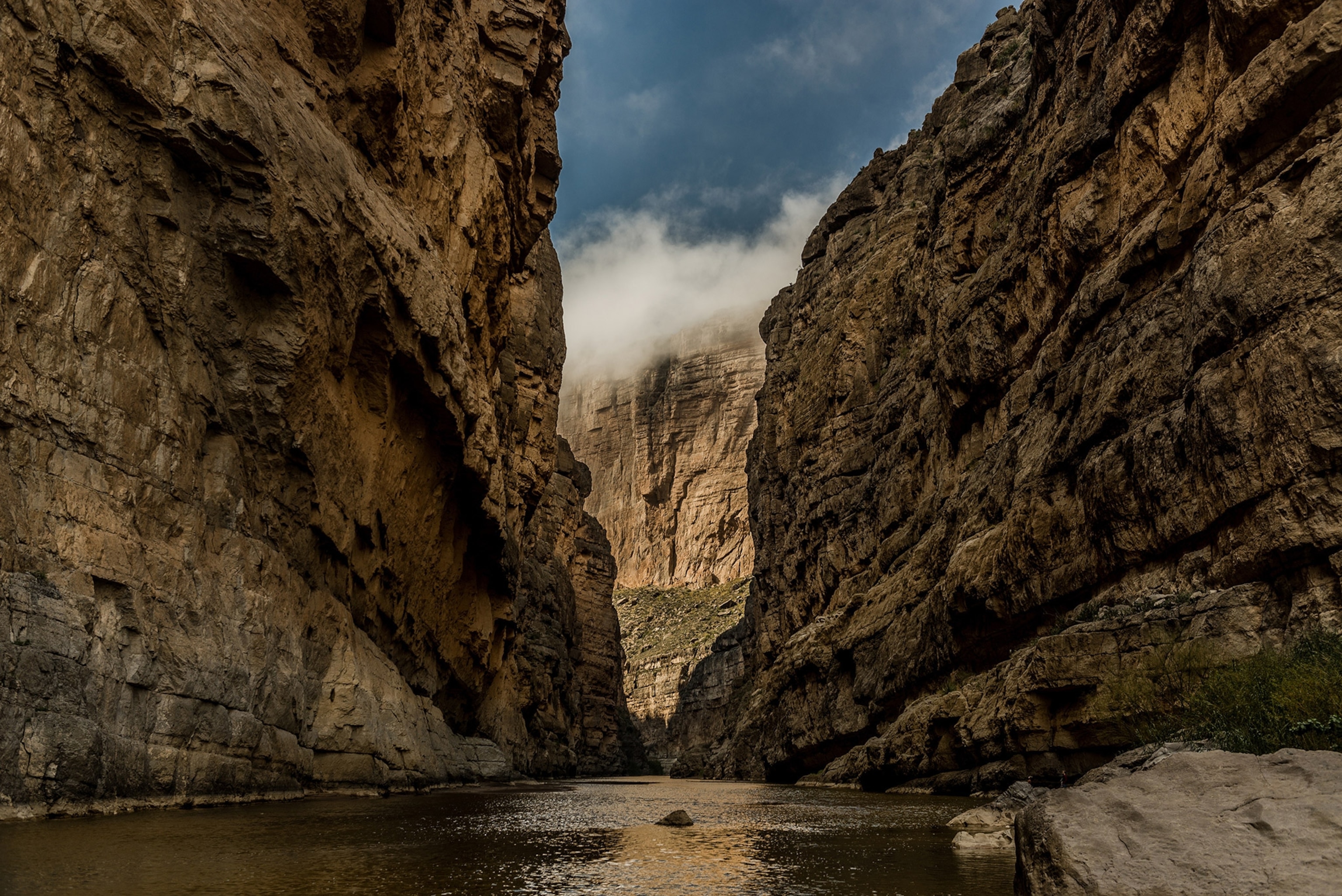
Trespassing, vandalism abound in national parks affected by coronavirus
As the pandemic closes many sites, some visitors test the limits—while staff and local businesses try to cope.
Even America’s parklands are beginning to strain under the coronavirus pandemic.
Though group size limits and stay-at-home orders restrict the movement of millions, time outside in nature is more vital than ever. Dozens of national parks have closed entirely, from Acadia to Zion, while other public lands remain open despite controversy—and visitors are testing the limits.
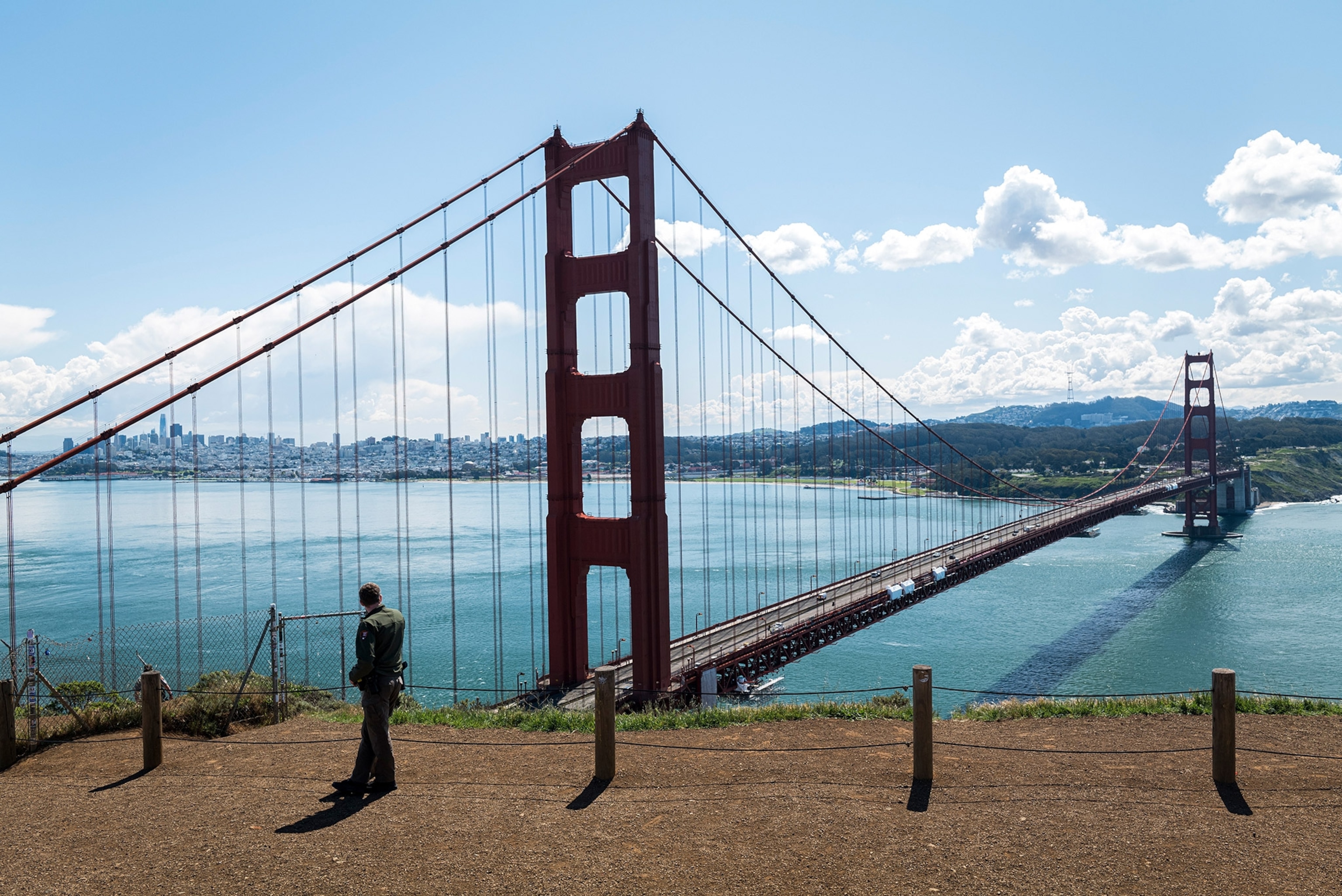
Trespassing, donuts, and arson
The cascade of closing parks has sent travelers in search of new destinations, including Arizona’s Sunset Crater Volcano National Monument.
Created in 1930 to protect the picturesque landscape a Hollywood film crew proposed blowing up, Sunset Crater isn’t far from Flagstaff, and has seen an uptick in traffic. A loop road that meanders through Coconino National Forest bisects the monument on its way north to nearby Wupatki National Monument. Though the two monuments and their grounds are closed, the road is not, as it accesses national forest lands as well as private residences.
Brenda Emry, an interpretive ranger at Sunset Crater, said Monday that upwards of 45 vehicles a day—more than accounted for by residents or Forest Service traffic—drive through.
“The traffic is heavier than you would anticipate right now” during a pandemic, she said. “Anybody that’s pulling off the road, they basically are considered [to be] trespassing, unless they just continue through. I’d say maybe 18 to 20 a day that really try to pull off the road and start hiking our trails.”
The vehicles bear a wide range of license plates: California, New York, New Mexico, Wisconsin. “People are being told to stay home, stay put, and yet, it’s because of that sort of cabin fever I think that is starting to happen,” said Emry. “There are still a lot of travelers.”
At Virginia’s Shenandoah National Park, staff try to juggle officials’ competing needs.
“We’re trying to strike a balance between the CDC guidelines and the governor’s orders to stay at home,” said Shenandoah spokesperson Sally Hurlbert. “He’s telling people to stay home, but he’s also leaving the door open for them to go to public places and get exercise and fresh air—for mental health as well as physical health reasons.”
Until April 8, sixty-five miles or so of Skyline Drive, from Front Royal south to Swift Run Gap, were closed to vehicles—though open to cyclists and pedestrians because the surrounding counties had asked for help in reducing crowds drawn by the park’s hiking trails. On Wednesday afternoon, Shenandoah park closed fully.
Park staff also decided to close the park overnight: Lodgings are shuttered, there’s a ban on camping, and they didn’t want to encourage nighttime hiking. But there are still some Shenandoah visitors who sense no one is watching.
“There’s been a little bit of vandalism, but it’s mostly what we would call nuisance behavior,” said Hurlbert. “People spinning donuts in parking lots and overlooks. We’ve had an increase in speeding, people coming in and speeding Skyline Drive. And trash, lots of trash, more than usual. We’re trying to keep up with the sanitation, but it’s putting our rangers at risk every time they have to pick up a piece of garbage alongside the road and empty trash cans, because [coronavirus] can survive for a period of time on cardboard and plastic surfaces.”
It doesn’t stop at nuisance behavior: There have been reports of arson at Ozark National Scenic Riverways in Missouri. Park staff announced Monday the offer of a reward of up to $10,000 for information leading to the conviction of those who started the Pot Hole Wildfire on March 9, which threatened a private home.
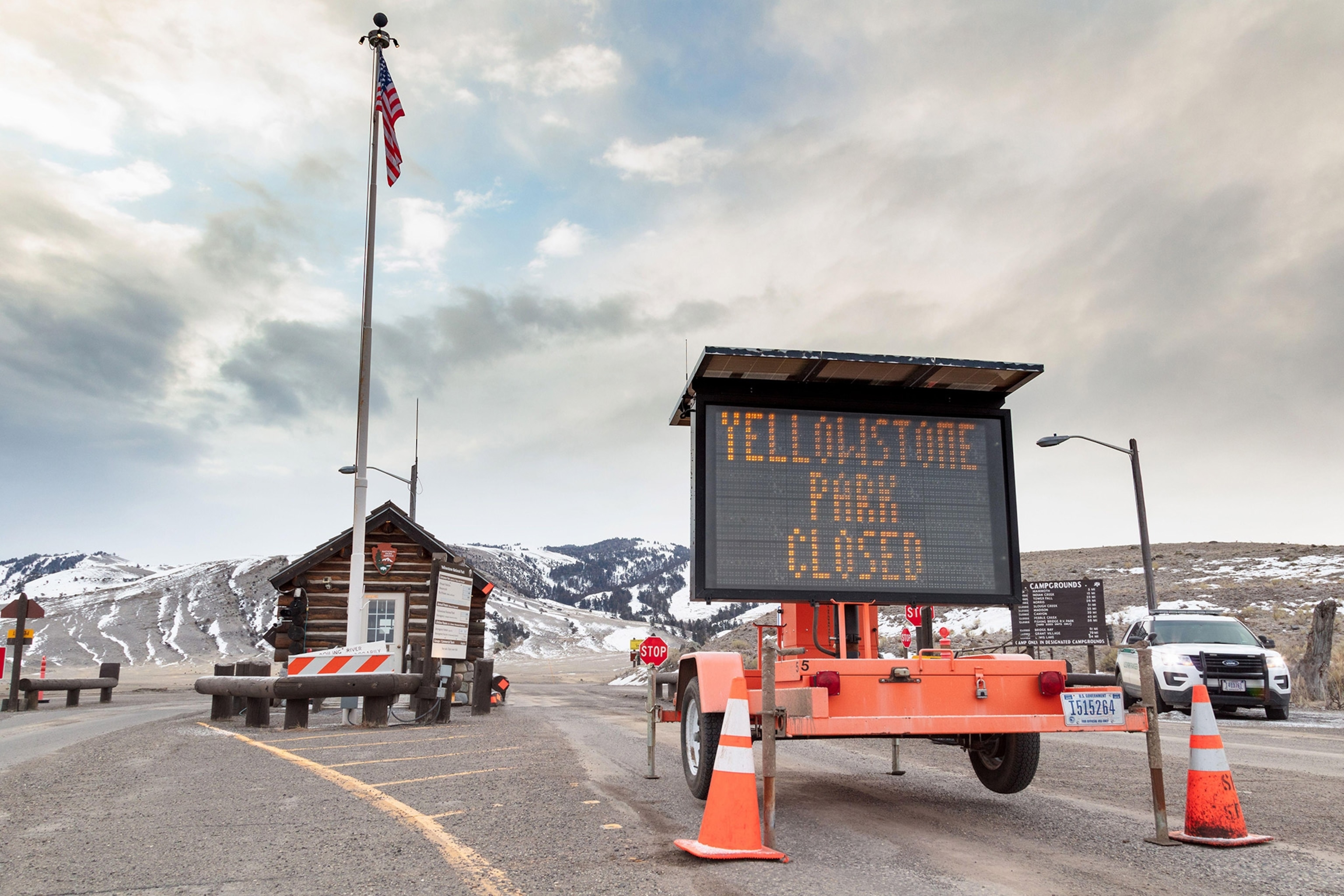
Looking ahead
As telework becomes the new norm for the staffs of most park units that have closed facilities, some employees at Big Bend National Park in Texas have focused on overdue projects.
“We’re doing a lot of work outside,” said Superintendent Bob Krumenaker. “Trail work, vegetation work. We are repainting the visitor center, deep-cleaning facilities. We’re maintaining social distance, but we still are hard at work and trying to put the park in as best shape as we can so when we reopen to the public, people will see that we’ve used the time productively.”
For Jennifer Pharr Davis, the parks can’t reopen soon enough. Davis, who in 2011 set the then-record for fastest hike of the 2,180-mile-long Appalachian Trail, owns a guided hiking business in Asheville, North Carolina, next to Great Smoky Mountains National Park and the Blue Ridge Parkway.
The closure of Great Smoky Mountains, and a recommendation from the Appalachian Trail Conservancy to stay off the iconic footpath, forced cancellation of her scheduled hikes.
“We are 90 percent closed right now,” said Davis. “Our trips are canceled, most of the parks around us are closed, our shop has closed. Now the hard part is knowing when we can reopen and start scheduling things again. From a business standpoint, we’ve ceased everything except online retail.”
Even some of the wildlife seems eager for the flocks of visitors to return.
“Now that the people have gone away, we don’t have as many seagulls and crows hanging around,” J.J. Condella, general manager of Flamingo Adventures on the southern tip of Everglades National Park, said Monday of the usually ever-present birds that hope to steal a bite of visitors’ lunches. “They seem to have given up hope and moved on to a different area.”















